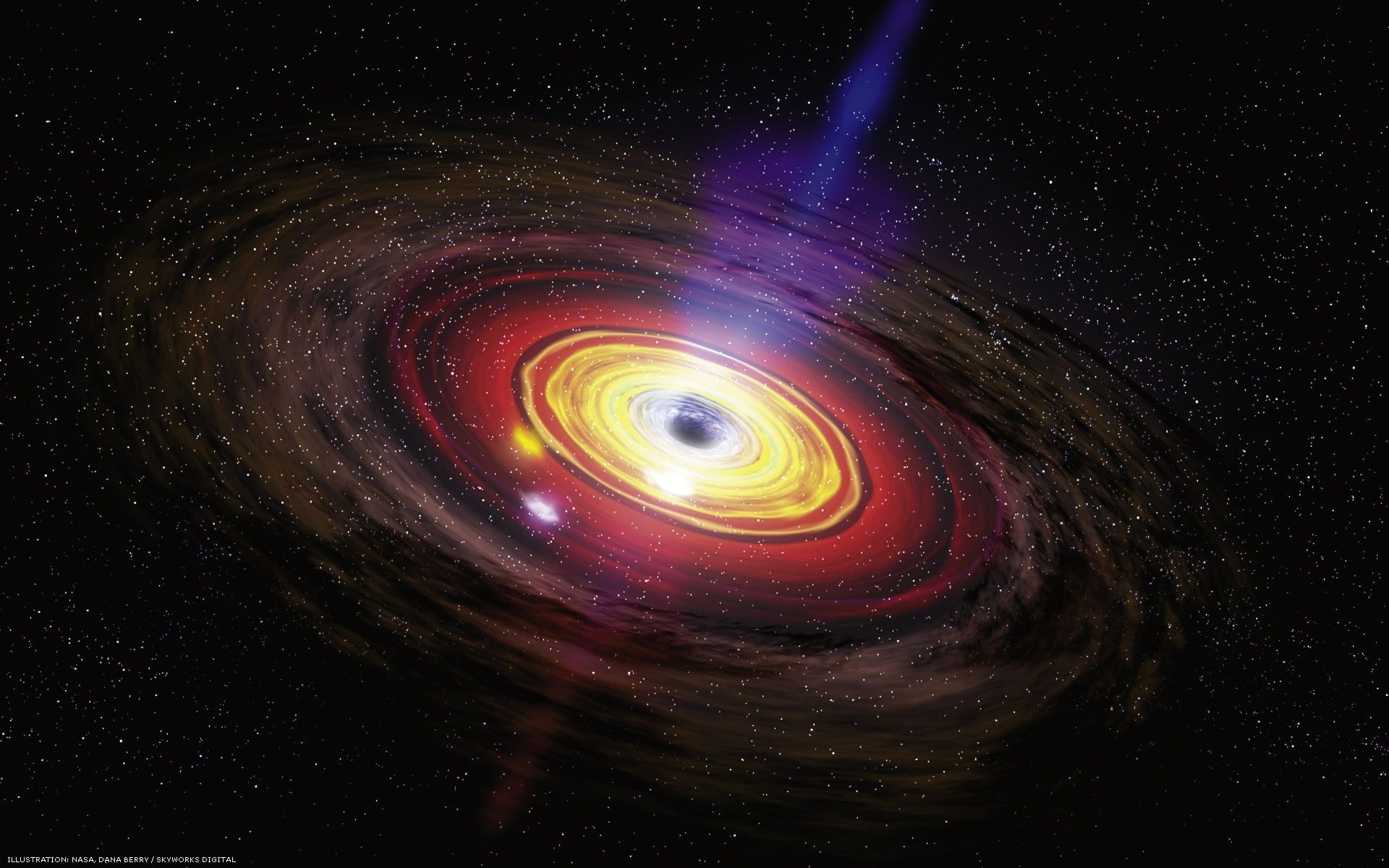In a groundbreaking discovery, astronomers have observed peculiar X-ray flashes originating from a nearby supermassive black hole, which appear to accelerate in a manner that defies existing astrophysical theories. This phenomenon has sparked significant interest within the scientific community, as it may provide new insights into the complex dynamics surrounding black holes and their interactions with surrounding matter.
The supermassive black hole in question is located in a galaxy relatively close to our own, making it an ideal candidate for detailed study. Utilizing state-of-the-art telescopes and observational techniques, researchers were able to capture these X-ray emissions, which are typically associated with the intense gravitational forces exerted by black holes. The data revealed that the flashes not only varied in intensity but also exhibited an unexpected acceleration pattern, prompting further investigation into their origins.
Traditionally, X-ray emissions from black holes are understood to result from the accretion of matter. As gas and dust spiral into the black hole, they are heated to extreme temperatures, resulting in the release of X-rays. However, the recent observations suggest that there may be additional factors at play, as the acceleration of these flashes does not align with the expected behavior based on current models. This discrepancy has led astronomers to consider alternative explanations, including the possibility of interactions with nearby stellar objects or the influence of magnetic fields.
The implications of this discovery extend beyond the immediate observations. Understanding the mechanisms behind these accelerating X-ray flashes could provide valuable insights into the fundamental nature of black holes and their role in the evolution of galaxies. Supermassive black holes are believed to be central to the formation and growth of galaxies, and any new information regarding their behavior could reshape our understanding of cosmic evolution.
Researchers are now working to analyze the data further, employing sophisticated modeling techniques to simulate the conditions around the black hole. By comparing these simulations with the observed data, scientists hope to identify the underlying processes responsible for the unusual acceleration of the X-ray flashes. This research is expected to take time, as the complexities of black hole physics require meticulous examination and validation of hypotheses.
In addition to the scientific implications, this discovery highlights the importance of continued investment in astronomical research and technology. The ability to observe and analyze phenomena occurring in distant galaxies relies heavily on advancements in observational tools and techniques. As technology continues to evolve, astronomers are likely to uncover even more mysteries surrounding black holes and their interactions with the universe.
The findings have also sparked discussions about the potential for future observations. As more telescopes come online and existing ones are upgraded, astronomers will have the opportunity to monitor these X-ray flashes more closely. This could lead to a better understanding of their behavior over time and potentially reveal new patterns or correlations that have yet to be identified.
In conclusion, the recent observations of accelerating X-ray flashes from a nearby supermassive black hole represent a significant advancement in our understanding of black hole dynamics. The unexpected nature of these emissions challenges existing astrophysical models and opens the door for new research avenues. As scientists continue to investigate this phenomenon, the findings may not only enhance our knowledge of black holes but also contribute to a broader understanding of the universe’s evolution.



